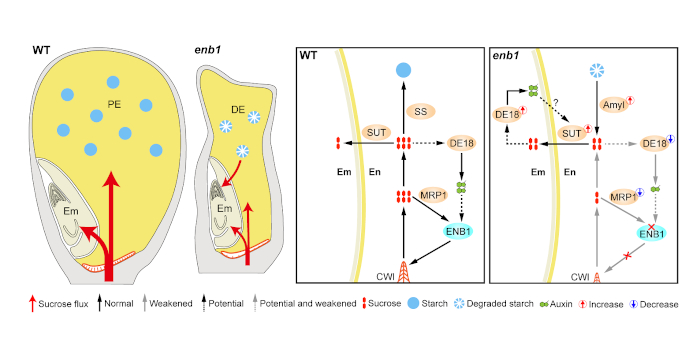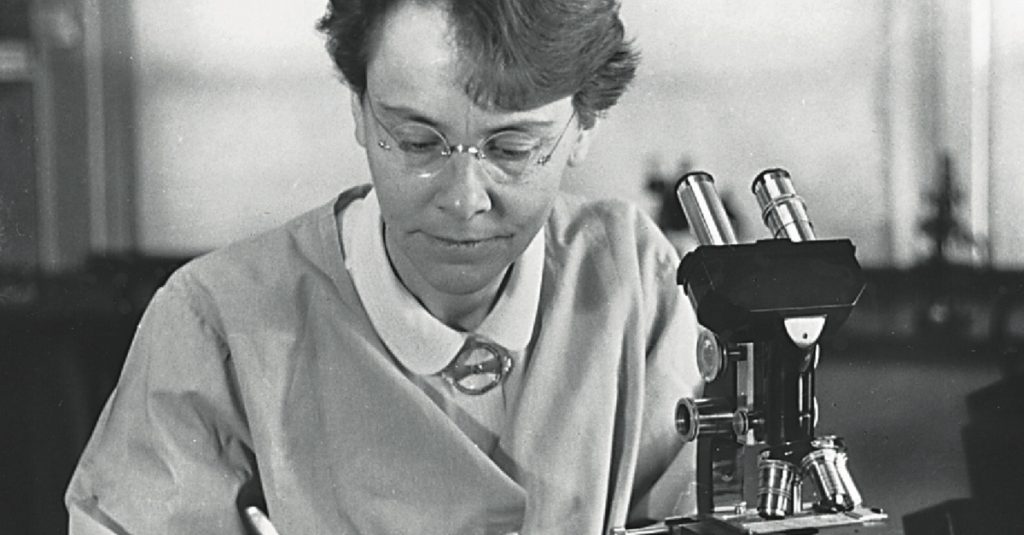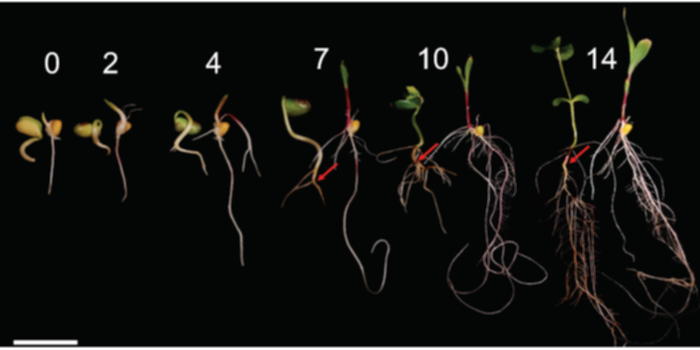
How does ENB1 contribute to formation of a persistent endosperm in maize?
The Plant Cell: In a NutshellWang et al. explore cellulose deposition in maize seeds.
Qun Wang and Rentao Song
China Agricultural University, Beijing 100193, China
Background: Plant seeds are mainly classified into two types: one with a persistent endosperm as in cereals, and the other with a transient endosperm as in…

Prediction of gene responses to heat and cold stress in maize
The Plant Cell: In a NutshellZhou and colleagues dissect the transcriptional response of maize seedlings to cold and heat stress and explore to what extent gene expression can be predicted from cis-regulatory motifs in promoters by employing machine learning approaches
By Peng Zhou, University of Minnesota
Background: Plants…

The Importance of the DNA Damage Response during Maize Kernel Development
The Plant Cell: In a NutshellPedroza-Garcia report that the necessity for DNA damage response kinases under non-stress conditions is higher in maize than in Arabidopsis, indicating that the mechanisms maintaining genome integrity may be more important for vegetative and reproductive development than previously thought. Plant Cell…

URM Plant Scientist Highlights - Thelma Madzima (she/her)
BlogDr. Thelma Madzima (she/her) is one of very few Black faculty in the USA who are plant molecular biologists. Originally from Zimbabwe, Thelma immigrated to the US at the age of 17 to attend college. She received her B.S. in Plant Science and Plant Biotechnology from Fort Valley State University, a historically…

How drought affects the asynchrony between anthesis and silking
The Plant Cell: In a NutshellLiu et al. demonstrate how manipulating ZmEXPA4 gene expression in developing maize ears alleviates the prolonged anthesis and silking interval in response to drought. The Plant Cell (2021) https://doi.org/10.1093/plcell/koab083
By Boxin Liu and Feng Qin
Institute of Botany, Chinese Academy of…

Genomes losing balance – what is the consequence?
The Plant Cell: In a NutshellShi et al. (2021). Plant Cell. Gene expression in diploid aneuploids and polyploids. Plant Cell. https://doi.org/10.1093/plcell/koab030
By Xiaowen Shi and James A. Birchler
Division of Biological Sciences, University of Missouri, Columbia, MO 65211
Background: A change in the number of chromosomes…

Plant Scientist Highlight: Barbara McClintock
Blog0 Comments
/
Barbara McClintock was born on June 16th, 1902 in Hartford, Connecticut, and was raised in Brooklyn, NY. She was one of four children of Sara and Thomas McClintock. She received her bachelor's, master's, and doctorate degrees from Cornell, completing her education in 1927. She defied norms at the time…

An asymptomatic crop holds the clues for healthy roots
The Plant Cell: In a NutshellBaetsen-Young et al. explore the root transcriptomes of soybean and maize plants infected with a fungus.
The Plant Cell
By Amy Baetsen-Young and Brad Day, Michigan State University
Background: Diverged plant species respond to microbial interactions through different processes, the outcome…

A Hub of Hubs: The Central Role of ZmABI19 in the Regulatory Network of Maize Grain Filling
Blog, The Plant Cell, The Plant Cell: In BriefCereal grains accumulate large amounts of proteins and starch and are a major source of dietary calories for humans and animals. In maize (Zea mays), most of the storage compounds are synthesized during the grain-filling period of kernel development. Several key transcription factors (TFs) that regulate…

